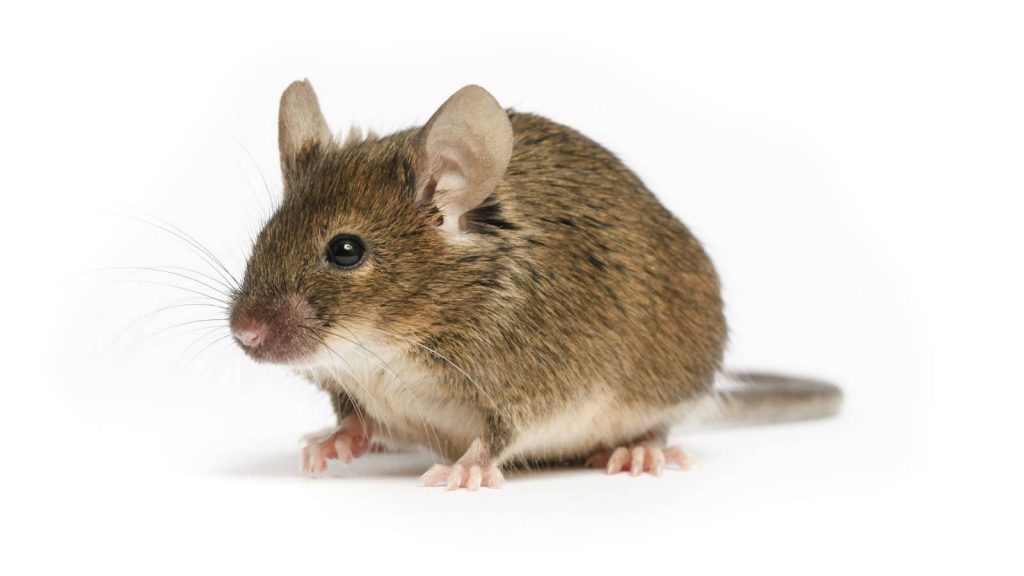Tackling Rodent Control Head-On: A Humane Guide for Homeowners
Picture this: You come home after a long day at work, open the front door with a contented sigh, and there, in the corner of the room, you spot it. A tiny, (to be fair, they’re usually tiny at first), little menace, with beady eyes and a tail that seems to have a life of its own. No, it’s not a unicorn, it’s a rodent. The kind that often comes with quite the tail – pardon the pun – of problems.
Rodents – mice, rats, squirrels – they’re the squatters no homeowner wants. They’re inconsiderate roommates that chew through your wires, contaminate your food, and undermine the very structure of your haven. They’re not just annoying; they’re a health hazard.
In a delightful synergy, this blog post on rodent control will infuse tips to tackle these pests with a dash of humor and understanding. After all, we’re dealing with creatures who, once upon a time, helped spread the seeds of agriculture. It’s a tale of irony and redemption, if you will.
Contents
The Serious Business of Sharing Your Space
Rodent infestations are no laughing matter. They can undermine the very foundations of your home – literally, through gnawing, or by leaving a figurative dent in your pocket through the expenses required for repair and the potential devaluation of your property. Beyond that, their unsanitary habits can lead to the spread of diseases such as Hantavirus, Lymphocytic choriomeningitis, and the plague (yes, the Black Death is still around, in a few select pockets).
But we’re also about finding the harmonious balance of cohabitation. We’ll look at ways to discourage these furry invaders and to maintain the ecosystem of your home, while not letting rodents run romp over your peace-of-mind.
The Cat’s Out of the Bag (This is Not a Cat!)
When a rodent infestation rears its beady head, the common advice thrown around is to get a cat. However, not everyone is a feline fan, and not every cat has a killer instinct.
Understanding Your Uninvited Guests
It’s important to know what kind of rodent you’re dealing with. Different species have different behaviors and, thus, require different strategies for management. The most common home intruders are:
- House Mice: Small, usually dusty gray, with a pointy snout
- Norway Rats: Larger, brown or gray, with a shorter, fatter tail
- Roof Rats: Sleeker in profile with a longer, thinner tail, more adept climbers
- Squirrels: Although, not technically rodents, they’re often lumped in the pest category due to property damage potential
Rodent dentistry doesn’t involve a chair and a bright light; they must chew to keep their incisors in check, which leads to gnawing on wood, wires, and plastic in our homes.
Initial Steps to Control Rodents
Begin your campaign against these critters with some basic measures:
- Inspect your home for holes and cracks, through which these pests can enter
- Ensure all your garbage cans are secured with tight-fitting lids
- Keep food sealed and stored properly
- Trim trees and shrubs around your home that can provide a bridge for rodents seeking a warm roof
Tools of the Trade: How to Keep Them Out
Just like in the medieval era, when castles were fortified to keep the rats out of the pantry, modern homes need to be maintained to bar entry for these little marauders. Fortify your defenses with these strategies:
- Seal Up: Any hole or crack larger than a dime can be an entryway. Use steel wool and caulk for smaller gaps; for larger fissures, consider patching with wire mesh before caulking.
- Maintain Your Domain: Regularly inspect the foundation, roof, and soffits for damage. Rodent-proof materials like metal flashing can deter chewers.
- The Hang of It: In a rat race, winners use hanging feeders for birdseed, not the spillable kind. Also, store pet and livestock feed in metal containers.
- Bounce House: Install “chimney caps,” as rodents can enter the home through these open chutes too.
If you’re having trouble keeping the rodents out, considering hiring a Seattle rodent control company that can help identify and seal all potential entry points.
Taking a Leaf from the Mouse’s Notebook
Rodents are the survivalists the world over. They are also neurally highly plastic; meaning, they can memorize paths and routines down to the last whisker. They can even condition themselves to avoid certain smells or sounds that they’ve come to associate with danger. Which means, tossing a little pest psychology into the mix can make your defences even more formidable.
Disrupt Their Predictability
- Shuffle the Deck: Move furniture around or change up your décor occasionally. It won’t just add a dash of lemon to your living space; it can unsettle evicted rodents’ previously comfy routes.
- Mind Your Smells: Go big with odors, the unpleasant kind. Rodents have an acute sense of smell, and strong scents can repel them. Consider vinegar-soaked rags or commercial rodent repellents.
- Sonic Booms: Ultrasonic devices emit high-frequency sound waves that are intolerable to these navigators. Place these in strategic locations once in a while to keep them on their toes (or paws, as it were).
The Art of Domestic Warfare
When shared space turns into a battle for territory, it’s important to arm yourself with information and the right tools. Most homeowners turn to traps and baits, but these come with their own warnings and strategies.
Traps That Snap and Traps That Don’t
- Snap Traps: The oldies are goodies. Keep them baited, keep them checked, and don’t be sentimental. They’re a quick kill, when set properly.
- Glue Traps: Use these with an element of caution. They’re efficient but can be viewed as inhumane. You’ll need to dispatch the trapped rodent quickly, so as not to prolong the suffering.
- Live Traps: A relatively newer addition to the repertoire of the rodent wrangler. These traps capture live, allowing you to release the invader at a distance, ideally into a wooded area.
The Bait of the Matter
The right bait can make or break your trapping strategy. Common options include:
- Peanut Butter: A classic, rarely fails.
- Chocolate: It’s not just people who can be lured by the sweet stuff.
- Spreads of the savory variety: You’d be surprised, but rodents are big on variety and can be lured with something as simple as a seasoned cracker.
Entrepreneurial Spirit of Rodents
Rodents are the ambitious sort. Place one male and one female together, and you’d better be prepared to fast forward to a full-blown family reunion before you can say, “a plague on both your houses.”
Keeping It All Under Control
Each pregnant female can produce up to a dozen babies in a litter and up to several litters per year. To avoid an exponential increase in rodent real estate:
- Know Thy Neighbor: Keep vigilant for signs of infestation, and don’t just deal with the problem room; inspect the whole property.
- Regular Maintenance: Keep all traps and deterrents in working order.
- The Squeaky (Clean) Wheel Gets the Grease: Maintain a clean home. Regular cleaning not only removes food sources but also discourages rodents, who prefer to nest in quiet, dark, undisturbed places.
When to Call in Reinforcements
While this blog aims to empower homeowners with the knowledge and some tools to tackle rodent problems, sometimes it’s best to know when the colony has outsmarted the sheriff. In those cases, it’s wisest to call in professionals.
- When DIY Doesn’t Do the Trick: If after several attempts, the rodents still roam, seek professional consultation.
- Infestations: When the problem isn’t a mouse but the whole extended family, it’s time to bring in experts.
- Structural Damage: If the integrity of your home is being compromised, get an expert’s input to repair and reinforce.
Closing the Book on Rodent Control
Rodent control is a serious business that demands attention, patience, and a bit of strategy. Homeowners need not feel overrun by fear or overzealous with aggression toward these creatures. With the right mindset, equipment, and a touch of ingenuity, a harmonious living space can still be achieved, albeit with a bit of a learning curve. Remember, you’re not just protecting your home but also the health of all who live in it, including the critters who contribute to the ecosystem but need to understand boundaries. We are, after all, all creatures just looking for our piece of cheese in this life.




